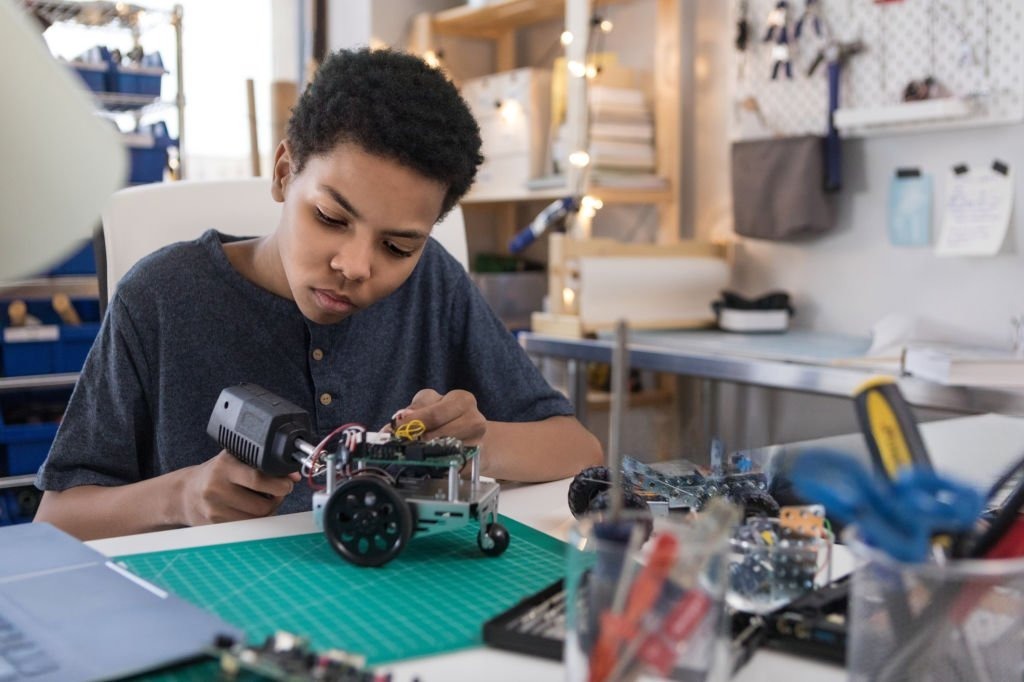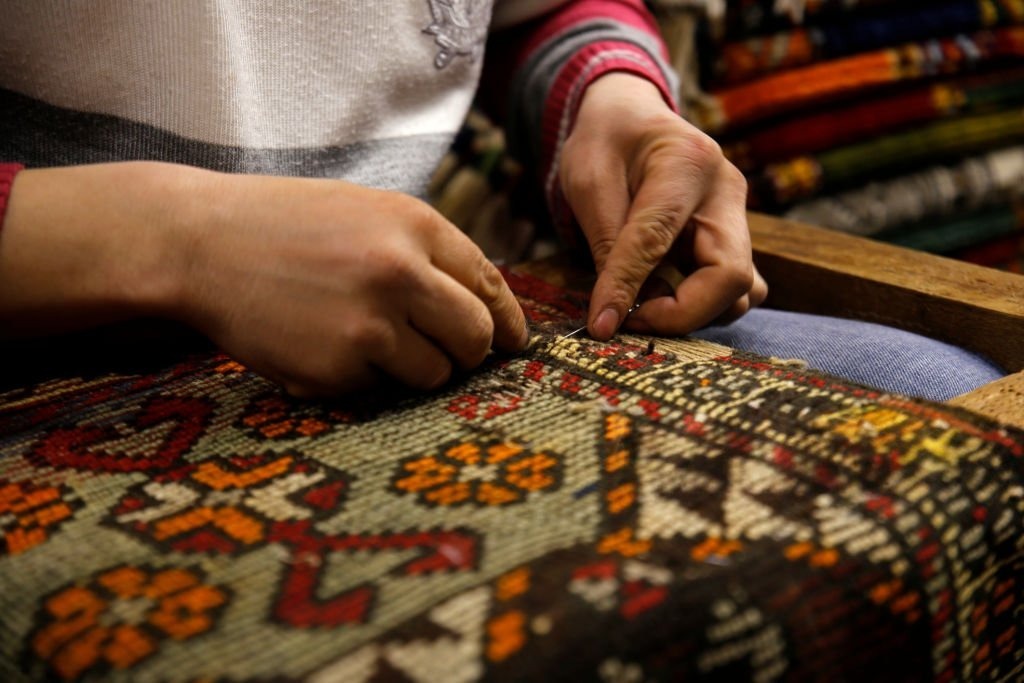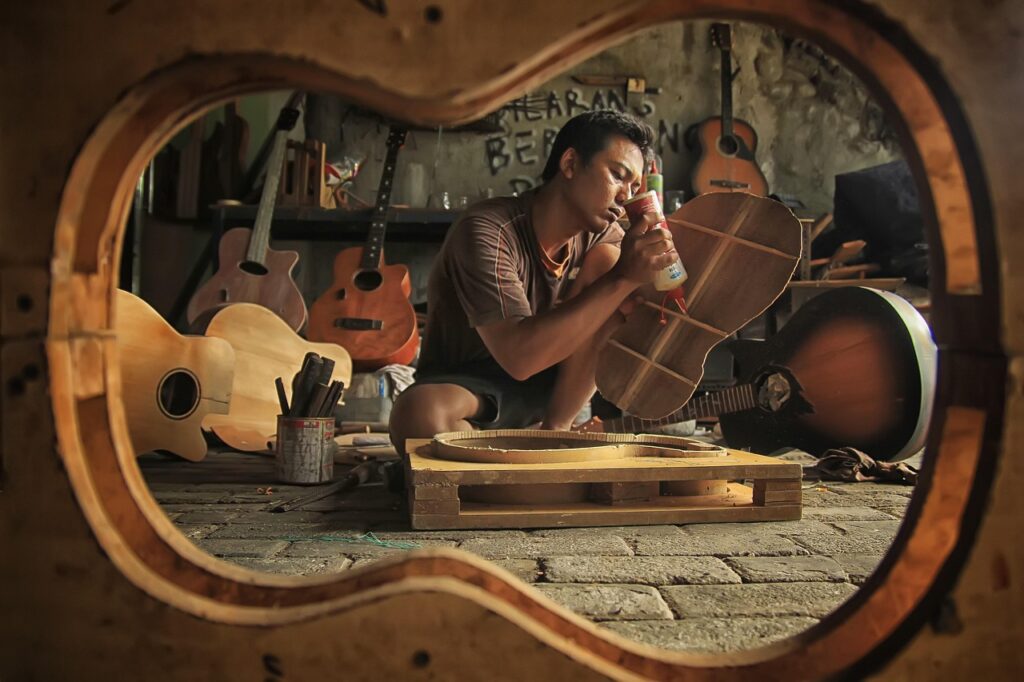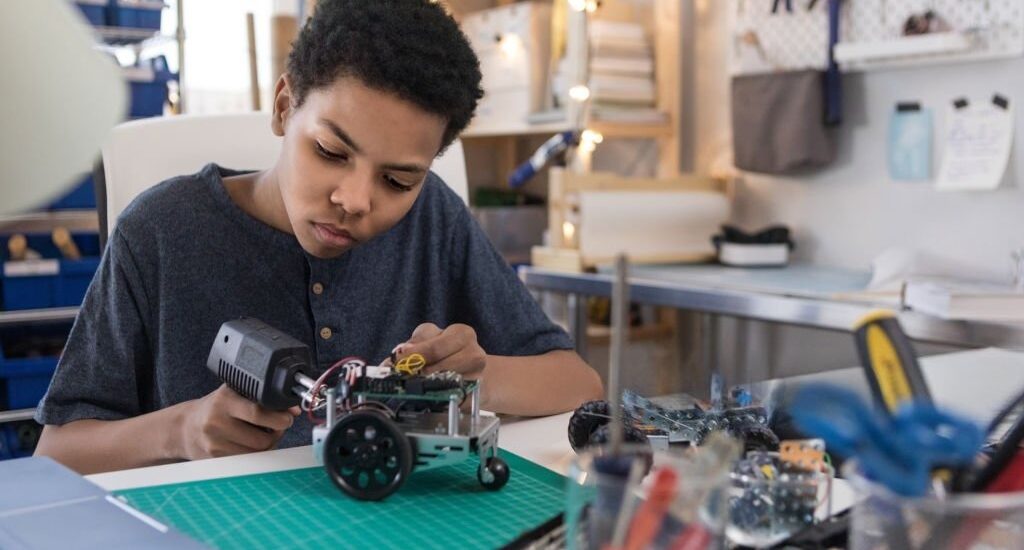A local call to revive what we never should have lost.
Once upon a time, our communities knew how to make things last.
Shoes were resoled. Radios were repaired. Clothing was patched, not discarded. Tools were mended. Furniture was refurbished. And the artisans who did this work — the cobblers, tailors, tinkerers, and roadside mechanics — were respected keepers of a vital culture: the culture of repair.
Then came modern convenience, fast fashion, and cheaper imports — followed quickly by a culture of disposal.
But now, the world is circling back. And Africa’s long-standing tradition of repair is gaining new relevance in the global fight for sustainability.

🔁 The Repair Economy: Circular by Design, Not Trend
In sustainability circles, we hear a lot about the “circular economy” — a model where products and materials are reused, refurbished, or recycled instead of thrown away.
What is often missing from the conversation, however, is the fact that many African communities have been practicing this philosophy for generations — not as a trend, but out of necessity, thrift, and wisdom.
Consider:
- The cobbler in Kampala who turns worn-out sandals into school shoes for children.
- The roadside phone technician in Lagos who fixes broken charging ports and cracked screens — giving devices a second life.
- The upcycling cooperative in Accra that transforms discarded jeans into bags, aprons, and home décor.
- The grandmother in Kano who teaches her grandchildren to sew, patch, and repurpose old clothes instead of buying new.
These are not stories of poverty — they are stories of ingenuity and resilience.

🧠 Why Repair Culture Matters — Now More Than Ever
Globally, electronic waste is piling up. Clothes are being discarded after just a few uses. Mountains of broken plastic chairs, radios, and phones litter our landfills.
Yet, the solution doesn’t always lie in recycling plants or futuristic technologies.
Sometimes, the solution is simpler: fix what you have.
Repair culture:
✅ Extends product lifespan — reducing the demand for raw materials and energy.
✅ Creates local jobs — supporting artisans, informal workers, and community economies.
✅ Preserves skills and heritage — ensuring traditional craftsmanship is not lost.
✅ Fosters environmental responsibility — especially among youth growing up in a throwaway culture.
🔨 From Tradition to Transition: Empowering a New Generation
To truly mainstream repair in the sustainability agenda, we must go beyond nostalgia. We must invest in it:
- 🎓 Include repair skills in vocational training and STEM education.
- 🧰 Set up community repair hubs and tool libraries.
- 📣 Celebrate local artisans — not just as service providers, but as climate actors.
- 🛑 Advocate for Right to Repair policies, holding manufacturers accountable for durable design and accessible spare parts.
Imagine a future where choosing to repair your blender or backpack is not only cheaper but cooler than buying a new one.
At SustainabilityUnscripted, we believe this future is possible — and it begins by valuing the skills we already have in our neighborhoods, markets, and homes.

📢 Call to Action: Who’s Fixing Things Around You?
We want to hear from you.
Is there a repair hero in your community?
A local tailor, bike fixer, electronics mender, or DIY innovator?
👉🏾 Send us their story.
Let’s shine a light on the people keeping the culture of repair alive — not just to save money, but to save the planet.
🔄 Fix. Don’t toss. The future of circular living may be closer than we think.







